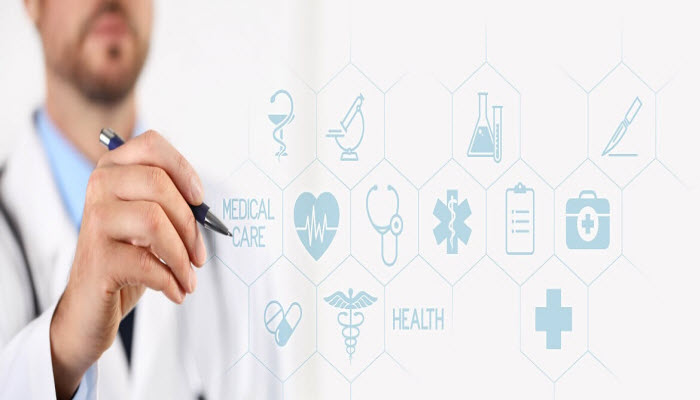Strategies for Minimizing Tax Liability in the Healthcare Industry

The healthcare industry is a complex and highly regulated sector that faces unique challenges when it comes to tax planning. With constantly changing tax laws and regulations, healthcare organizations must stay informed and proactive in order to minimize their tax liability. Implementing effective tax strategies can help healthcare providers optimize their financial position and ensure compliance with the law. In this article, we will explore some key strategies that healthcare organizations can utilize to reduce their tax burden.
Healthcare tax accountants play a critical role in helping healthcare providers manage their finances and ensure compliance with tax laws. By staying up-to-date on the latest tax regulations and strategies, they help their clients navigate the complexities of the tax system and make informed decisions that support the financial health of their businesses. With their specialized knowledge and expertise, healthcare tax accountants are valuable partners in helping healthcare providers achieve their financial goals.
1. Tax Planning Considerations for Healthcare Providers
Understanding Tax Laws and Regulations
One of the first steps in minimizing tax liability is to have a thorough understanding of the tax laws and regulations that apply to the healthcare industry. This includes being aware of specific provisions that may impact healthcare providers, such as the Affordable Care Act and the Tax Cuts and Jobs Act. By staying informed about changes in tax laws, healthcare organizations can adapt their tax planning strategies accordingly.
Utilizing Tax Credits and Incentives
Healthcare providers may be eligible for various tax credits and incentives that can help reduce their tax liability. For example, healthcare organizations that invest in research and development activities may qualify for the Research and Development Tax Credit. By taking advantage of these tax incentives, healthcare providers can lower their overall tax burden.
2. Structuring Healthcare Entities for Tax Efficiency
Choosing the Right Business Entity
The structure of a healthcare organization can have a significant impact on its tax liability. By selecting the appropriate business entity, such as a sole proprietorship, partnership, corporation, or limited liability company (LLC), healthcare providers can optimize their tax planning strategies. Each type of business entity has its own tax implications, so it is important to consult with a tax advisor to determine the best structure for your organization.
Utilizing Pass-through Entities
Pass-through entities, such as S corporations and partnerships, allow income to "pass through" to the owners without being taxed at the entity level. This can be advantageous for healthcare providers looking to minimize their tax liability. By distributing income to shareholders or partners, healthcare organizations can reduce their overall tax burden.
3. Maximizing Deductions and Expense Management
Identifying Tax Deductions
Healthcare providers can take advantage of various tax deductions to lower their taxable income. Common deductions for healthcare organizations include expenses related to employee salaries, equipment purchases, office supplies, and professional development. By carefully tracking and documenting these expenses, healthcare providers can maximize their deductions and reduce their tax liability.
Implementing Cost-Control Measures
Effective cost control is essential for minimizing tax liability in the healthcare industry. By implementing measures to reduce expenses and improve operational efficiency, healthcare organizations can lower their taxable income. This can include negotiating better contracts with suppliers, streamlining administrative processes, and investing in technology to automate tasks.
4. Compliance and Risk Management
Auditing and Internal Controls
Conducting regular audits and implementing internal controls are important aspects of tax planning for healthcare providers. By reviewing financial records and processes, healthcare organizations can identify areas of noncompliance and potential risks. Maintaining accurate and transparent financial data can help prevent tax-related issues and ensure compliance with tax laws.
Engaging with Tax Professionals
Given the complexity of tax laws in the healthcare industry, it is advisable for healthcare providers to work with tax professionals who specialize in healthcare taxation. Tax advisors can provide valuable insights and guidance on tax planning strategies, compliance requirements, and risk management. By partnering with experts in the field, healthcare organizations can navigate the intricacies of tax planning more effectively.
In conclusion, minimizing tax liability in the healthcare industry requires careful planning, proactive management, and compliance with regulations. By understanding tax laws, structuring entities for efficiency, maximizing deductions, and managing risks, healthcare providers can optimize their financial position and mitigate tax-related challenges. Implementing these strategies can help healthcare organizations reduce their tax burden and achieve long-term financial stability.
